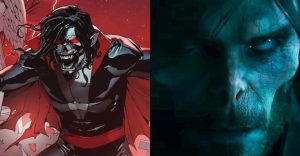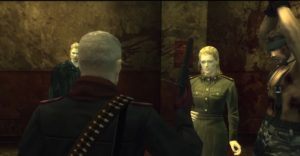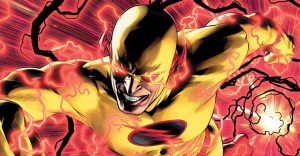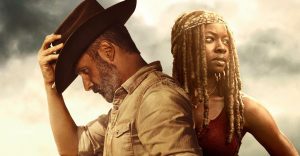Goodfellas Ending: What Tommy’s Final Gun Shots Mean

Goodfellasis a rare movie that has a final scene that’s as memorable as its first, which involves the brutal killing of a man in a car trunk. It now stands as one of the most iconic mob films of all time because of its exquisite storytelling and stark visual imagery. Goodfellas is based on the real life of New York gangster Henry Hill, which was recorded by crime journalist Nick Pelaggi in the non-fiction book Wiseguy. As crime stories often do, the movie continues to appeal to new audiences.
Before addressing the perplexing, final gunshots in Goodfellas, it’s important to understand the story that was told up to that point. Henry Hill (Ray Liotta) becomes involved as a kid with the mafia after befriending Jimmy Conway (Robert De Niro). This relationship grows over time and extends to include a real murderer’s row of unsavory characters, including extreme loose cannon Tommy DeVito (Joe Pesci). Together Henry, Jimmy, and Tommy are the real driving forces of Goodfellas. The film follows their illegal exploits, including bumping enemies off, trafficking drugs, and committing robberies – including the Lufthansa heist at JFK airport, which was inspired by a real caper during which more than $5 million was stolen. Tommy DeVito also meets his own untimely demise, and yet, it is he who shows up shooting a gun directly at the camera at the end.
The reasoning for the gunshots in the final scene of Goodfellas was given by director Martin Scorsese in an on-camera interview for the American Film Institute (AFI). He said that he was paying homage to The Great Train Robbery, an 11-minute silent movie from 1903. According to Scorsese, the plots of Goodfellas and The Great Train Robbery are the same. Scorsese said, “Basically, in Goodfellas, there’s a bunch of outlaws who do this incredible robbery, and they all kill each other. The police get them at the end. It’s exactly the same story.” The Great Train Robbery ends with one man, wearing a hat and neckerchief, firing a gun directly at the camera, and that’s why Goodfellas ends with Tommy shooting in the same way.

Unlike the mustachioed bank robber in the black-and-white film, Tommy DeVito is smartly outfitted in a suit and fedora and repeatedly shoots a revolver as the plaintive and sloppy Sid Vicious version of “My Way” plays. The song wails out the line, “Regrets, I’ve had a few, but then again, too few to mention.” It’s appropriate encapsulation of the Goodfellas aftermath because Henry Hill never seemed to regret anything.
Tommy shooting in Goodfellas’ final scene is an artful, although confusing, moment because it interrupts a shot of Henry Hill, who has testified against his mobster friends and is now living life in the witness protection program as a “schnook.” This sudden and startling cut to gunfire has nothing to do with finishing the story. It’s simply a master filmmaker’s non-diegetic insert that connects Goodfellas to The Great Train Robbery, one of the oldest known narrative films.

















